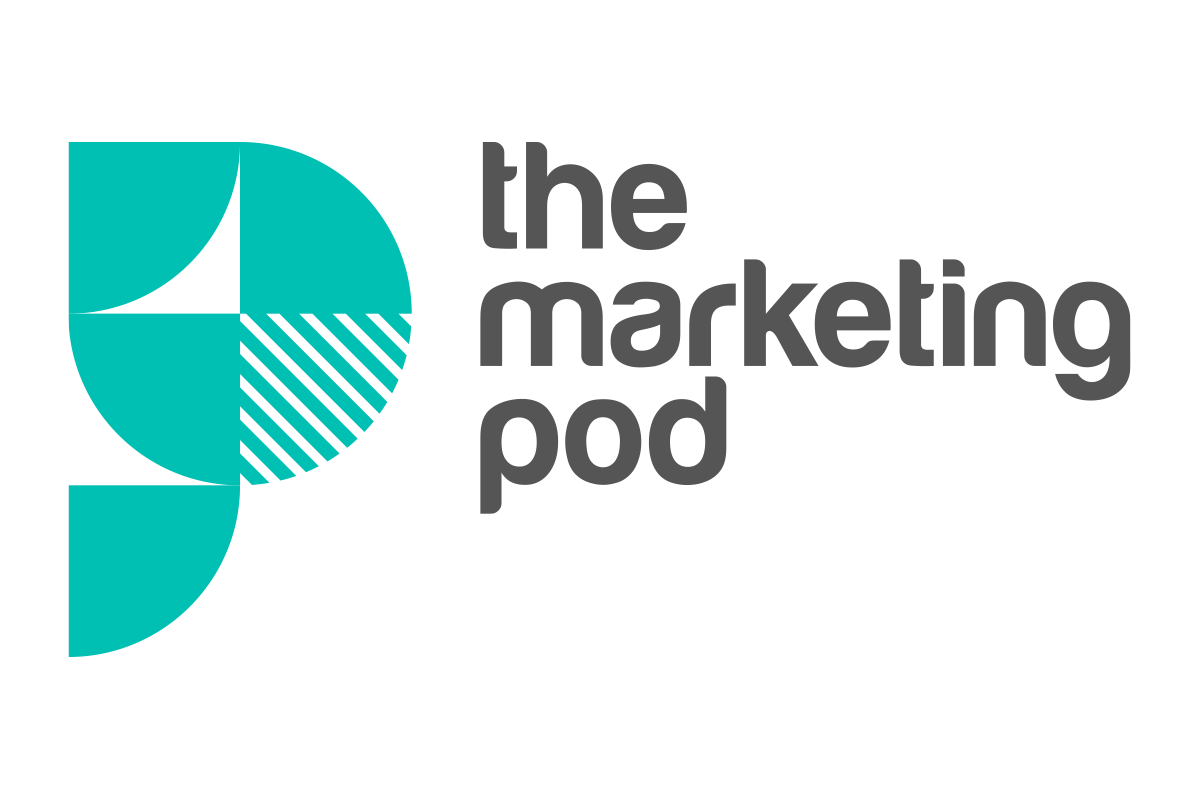The biggest email marketing transformation in a generation. Here’s what you need to know.
Seismic shift. It’s a phrase often overused nowadays, so perhaps it no longer truly conveys the significance of a situation. But we don’t believe it’s hyperbole to use it to describe the major changes just around the corner for email marketers.
As you may have already heard, from February 2024 email heavyweights Google and Yahoo are changing their email authorisation requirements and spam prevention policies. The changes are set to reshape how B2B marketers and their audiences send, receive and engage with emails. This isn’t just a minor tweak – it’s the most significant transformation to email marketing in 20 years.
We’ve put together a quick blog explaining what’s changing, who’s impacted and what you need to do. Remember, the new policies go live in February - so you need to act now.
If you send B2B marketing emails to your customers and prospects and want to avoid the spam folder, this blog is a must read.
Who do the changes apply to?
There are two answers to this. Technically, anyone who sends ‘bulk emails’, which Google defines as ‘those who send more than 5,000 messages to Gmail addresses in a day’. But our safer answer is anyone with an email marketing strategy – from sign-ups to sales – should be proactive and adopt the new rules, no matter the size of their mailing list.
By doing so, you stay ahead of the game and give your emails the best chance of achieving their highest possible deliverability and engagement rates. You’ll also minimise the risk of being caught out as email standards inevitably continue to evolve (it may be 5,000 today, but who knows what’s around the corner).
What's changing?
Authentication is now mandatory: The days of considering email authentication as mere best practice are over. It's now a non-negotiable requirement. Your emails need to prove their identity to pass through the stringent filters of Google and Yahoo.
Single-click unsubscribe: Recipients shouldn’t need to exercise their inner Sherlock Holmes to be able to unsubscribe from marketing emails. Messages must now feature a single-click option, ensuring users can bail out with minimal effort. This not only benefits your users but will also help you streamline your unsubscribe processes.
Keep report rates below 0.3%: Maintain a healthy relationship with your audience by ensuring your email content is top-notch, and keep your complaint rates below 0.3% to avoid the spam trap. Monitoring your spam complaints is now absolutely critical; something that can be done from your reporting dashboard and email marketing tools as a Marketing Pod client.
Technical compliance checklist: We’re about to throw a lot of technicalities and acronyms at you – so bear with. The new rules require DKIM, SPF and DMARC authentication compliance, as well as PTR records, reverse DNS, and TLS for emails. Additionally, your sending server IP addresses must have valid reverse DNS records to navigate these new waters successfully. Head in a spin? Don’t worry…
What does this mean for me?
The most important aspects of the new rules to be aware of are setting up the required authentication methods, as these will require action on your part:
DKIM = DomainKeys identified mail
SPF = Sender policy framework
DMARC = Domain-based message authentication, reporting and conformance.
Essentially, these help Google and Yahoo determine that an email is genuinely sent by your business.
An additional requirement for those sending emails is to make sure to use a TLS (transport layer security) connection.
Act now – How the Pod can help
Having gone through the new rules in some detail, we believe there are two areas that are most likely to catch email marketers out: DKIM and SPF. Furthermore, we’re aware that many organisations who do set up DKIM successfully fall foul of the more complex SPF.
This all sounds technical, but the good news is that meeting these and all of the technical compliance requirements don’t need to cause too much of a headache. And the Pod is here to help.
If you have any questions or need a hand making sure your marketing emails comply to the new rules, our expert Pod team is here to help – click here to get in touch.

